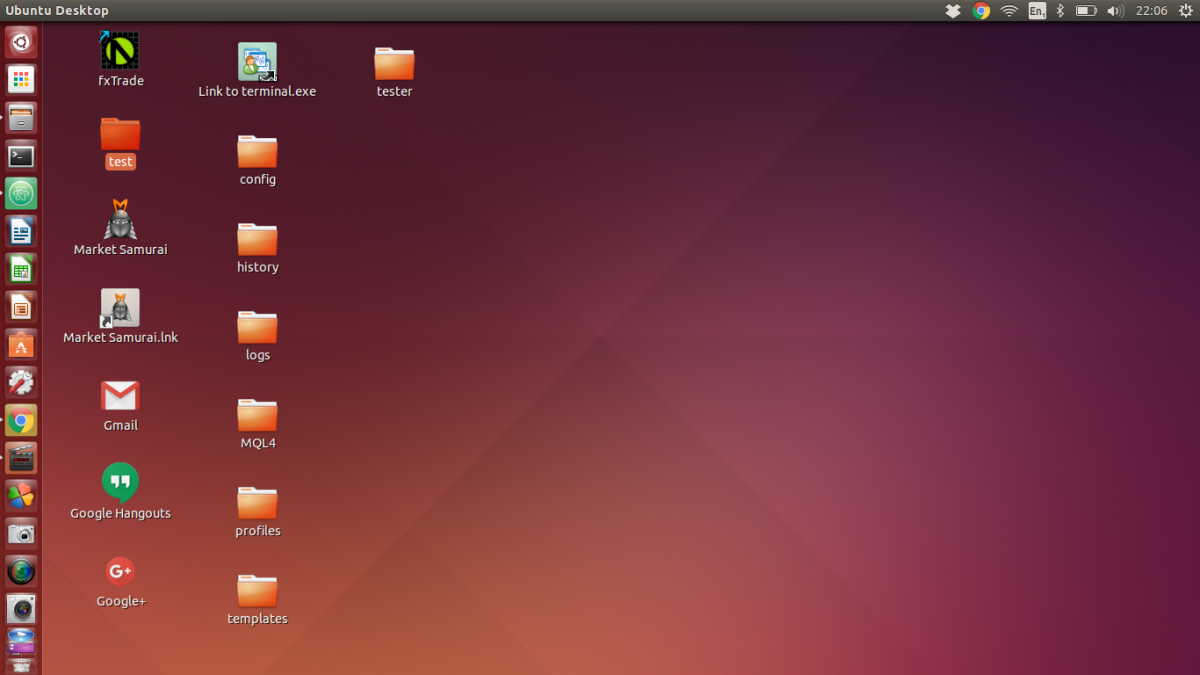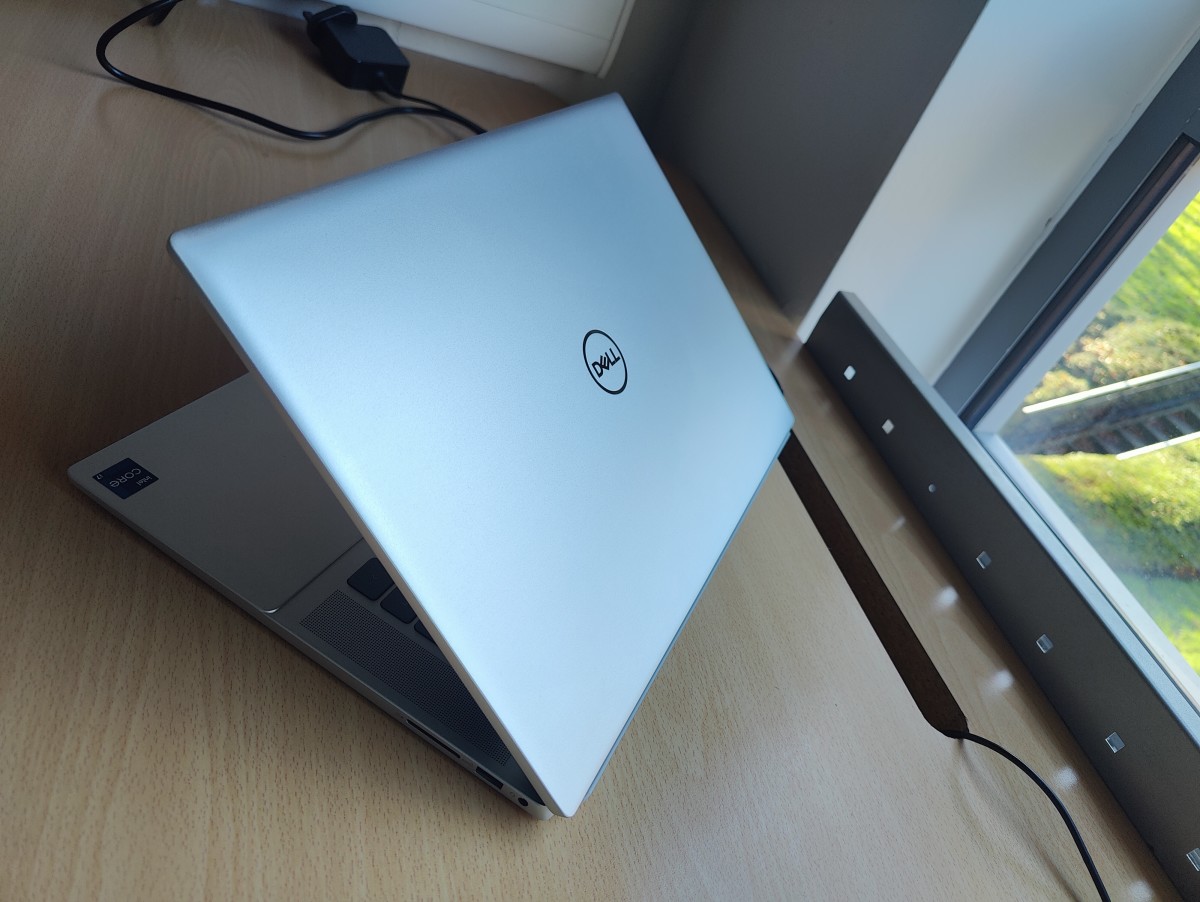- HubPages»
- Technology»
- Computers & Software»
- Computer Buying Guides
How to Find the Best Monitor for Gaming
If you play a lot of games you should have different requirements on the screen than if you use it for regular office work, not to mention image processing. This article will present you with a few pointers to keep in mind when buying a gaming monitor.
Once upon a time, hardcore gamers swore to the
old clumsy CRT monitors. The reason for this is that good CRT monitors
were long superior to LCDs in terms of response time and contrast, and thus
better suited for gaming than LCD screens.
Today it is hard to even
find a CRT monitor, and at the same time LCD displays have improved so much
that they often well suited for gaming. Even the cheapest of today's LCD
monitors have excellent picture quality, but there are still some that are more
suited for playing games than others.
Response Time and Input Lag
The most important thing to look for when buying a monitor that will be used for gaming is the response time. This stated in milliseconds and tells how long a pixel on the screen uses to go from black to white and back to black again. Today it has however become customary to measure the response time from gray to white and back to gray again.
These two ways to measure the response time are not comparable, which
you should be aware of when reading the technical specifications. Gray-to-gray
figures are lower and better than if you measure black to black. Also remember
that technical data doesn’t necessarily say everything.
Another factor that may affect the gaming experience on an
LCD is the called input lag. The image is usually
treated quite a bit digitally before it appears on the screen, to improve color
reproduction among other things. Therefore, there’s a slight delay from when
the image signal goes into the screen until it appears on screen. This is not
something you see on the screen, but you will notice it in games that require
you to respond quickly.
Contrast and Viewing Angle
A gaming monitor should have good contrast and black level, meaning that it is possible to distinguish details in the very darkest scenes in games and movies. Contrast ratio is quoted like 1000:1 and the higher the first number is - the better. But pay attention to numbers called dynamic contrast, which says very little and cannot be compared to standard contrast figures.
Dynamic contrast means the screen can adjust the backlight dynamically according to what is going on in the picture, and thus make dark scenes look darker and bright scenes to look brighter. The feature is often activated by selecting a special gaming or movie mode in the screen menus, which may provide a better viewing experience in games with lots of dark scenes.So-called LED screens are becoming increasingly popular, but it is important to know that this is not a separate technology in itself, but a different type of backlight. So it is still an LCD screen, but the light source behind the LCD panel is replaced with LEDs. These are usually located on the edge of the screen, which means that the screens can be made very thin. The biggest advantage is that the power consumption of an LCD display with LED backlight is less than half of a traditional LCD screen. Some LED screens have better brightness and better contrast than older CCFL displays.
Format, Size and Resolution
Prices for LCD monitors have dropped dramatically in recent years, and people are buying ever-larger screens. Until recently the most common monitors were 22 inches or less, but now it seems that 23-24-inch displays are the new “standard”.
Most monitors sold today have a resolution of 1920x1080 or even 1920x1200 pixels. The higher the screen resolution, the smaller the items on screen will appear, but at the same time you get more screen real estate for active programs.
Also make sure that your graphics card can handle high resolutions. You should try to always use the highest possible resolution on the screen for optimal image clarity and sharpness. Here you may have to compromise when playing games if you have an older graphics card to get playable frame rates.Connectivity
Most of monitors come with several input methods. VGA is the old analogue standard that still works reasonably well, but it’s better to use DVI or HDMI. Nearly all newer graphics cards support the digital standard DVI, which provides better picture quality. HDMI has the additional advantage of transmitting sound and picture in the same cable if you have a use for it.





